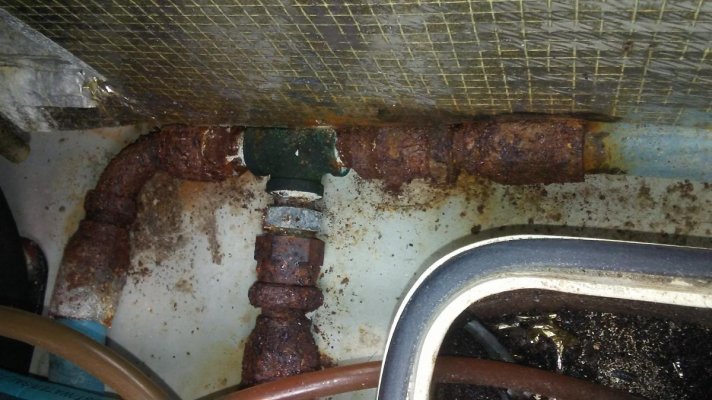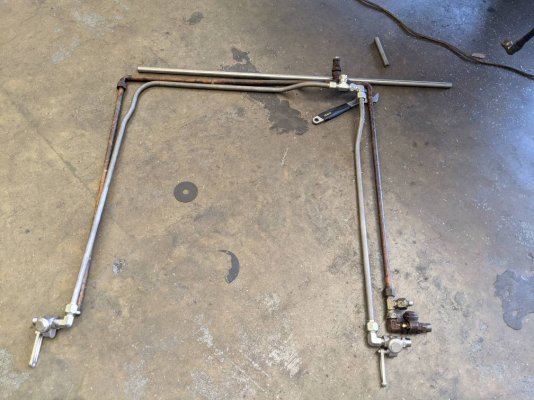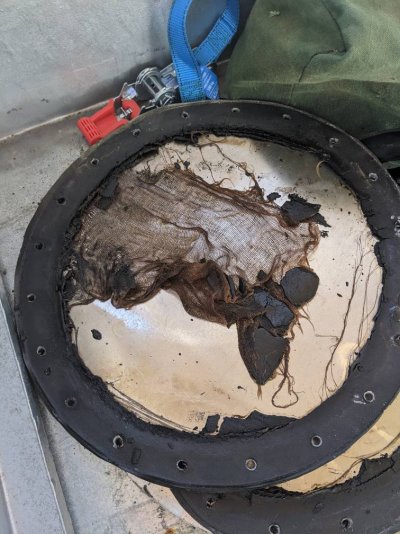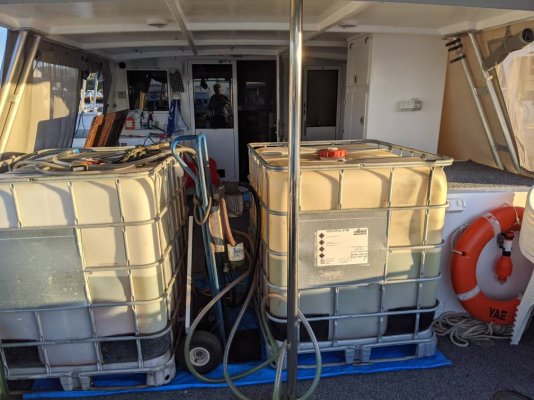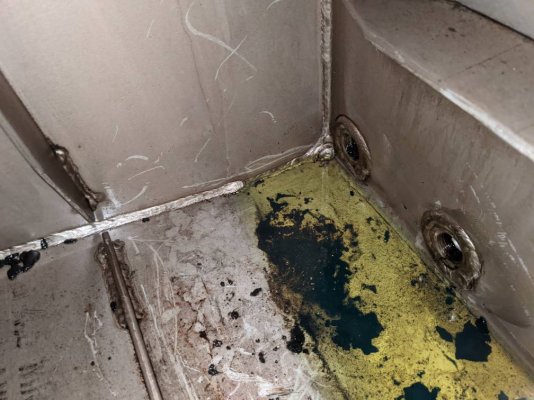Duetto
Senior Member
- Joined
- Nov 18, 2016
- Messages
- 287
- Location
- United States
- Vessel Name
- GEM
- Vessel Make
- Mainship Pilot 34
hi all,
we have a 2003 pilot 34. the fittings at the ends of main engine fuel lines have become severly rusted. i'm pretty sure i will be replacing them before next season.
the questions i have are: 1) has anyone done this. 2) are replacement lines available or is this a custom job. 3) what kind of shop would make them up. 4) are steel connectors standard hardware.
thanks in advance,
we have a 2003 pilot 34. the fittings at the ends of main engine fuel lines have become severly rusted. i'm pretty sure i will be replacing them before next season.
the questions i have are: 1) has anyone done this. 2) are replacement lines available or is this a custom job. 3) what kind of shop would make them up. 4) are steel connectors standard hardware.
thanks in advance,

